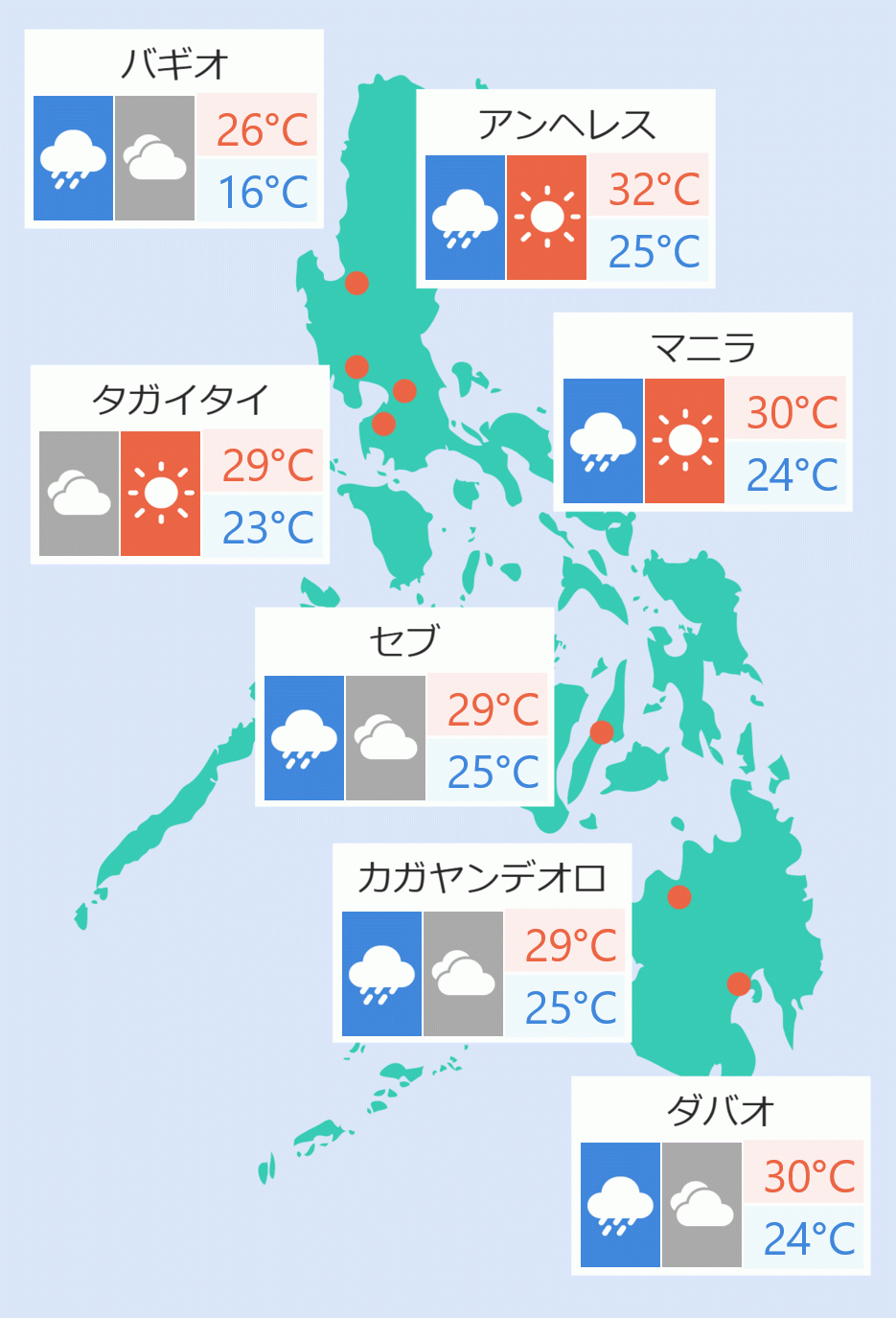The Department of Agriculture (DA) and Bureau of Fisheries and Aquatic Resources (BFAR) today reaffirmed their commitment to the closed-fishing season as a critical conservation measure.
The science-backed policy, DA said, aims to replenish fish stocks and secure long-term food security for the nation.
From November to March, key fishing grounds are off-limits to large-scale fishing. Agriculture Secretary Francisco Tiu Laurel, Jr. stressed that this initiative supports both fisherfolk and consumers by ensuring sustainable fish production.
“Importation addresses temporary supply gaps caused by the closed-fishing season or events like typhoons. It complements, not replaces, local fish production to keep prices stable,” Tiu Laurel said.
The policy has drawn criticism from the group Pamalakaya, which argues it disadvantages small fisherfolk and benefits importers. However, BFAR Executive Director Isidro Velayo, Jr. defended the program, citing scientific studies and local consultations.
“Fish species like sardines, mackerel, and round scad spawn heavily during these months. For instance, sardines in Zamboanga Peninsula peak from November to February. Protecting spawning areas during this period allows stocks to recover,” Velayo explained.
To support affected fisherfolk, government provides fuel subsidies, livelihood programs, and aquaculture assistance. These efforts aim to strengthen the resilience of coastal communities and enhance food security.
Last month, the DA approved importing an additional 8,000 metric tons of frozen fish, adding to the earlier allocation of 30,000 metric tons. This move mitigates the effects of typhoons on local fish supply.
The closed fishing season remains a cornerstone of DA-BFAR’s sustainable fisheries strategy. By balancing conservation and support for local communities, government strives to safeguard marine resources for future generations. Department of Agriculture



 日本語
日本語
 English
English








